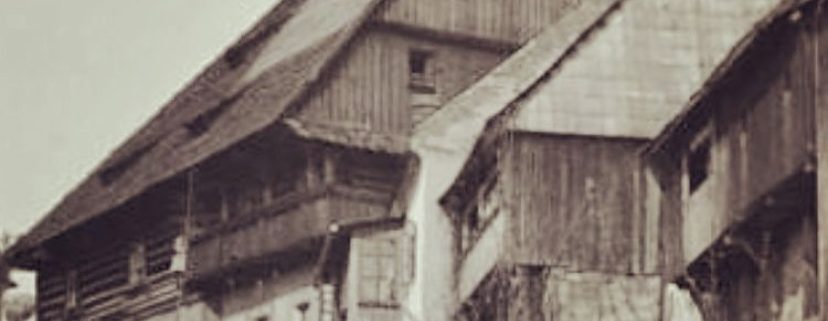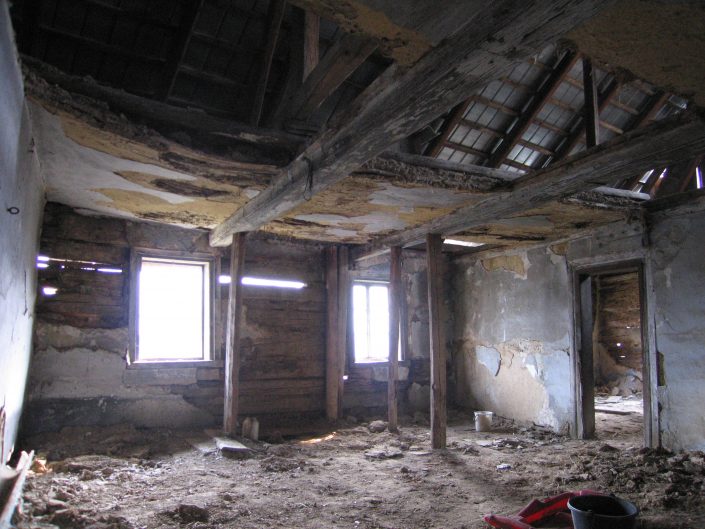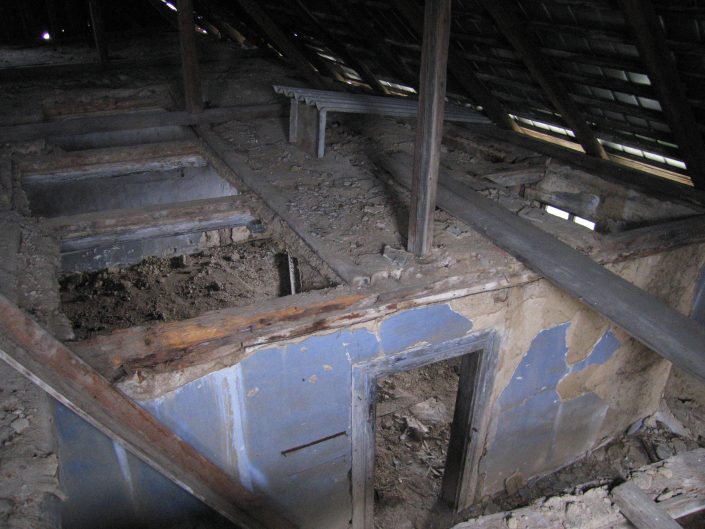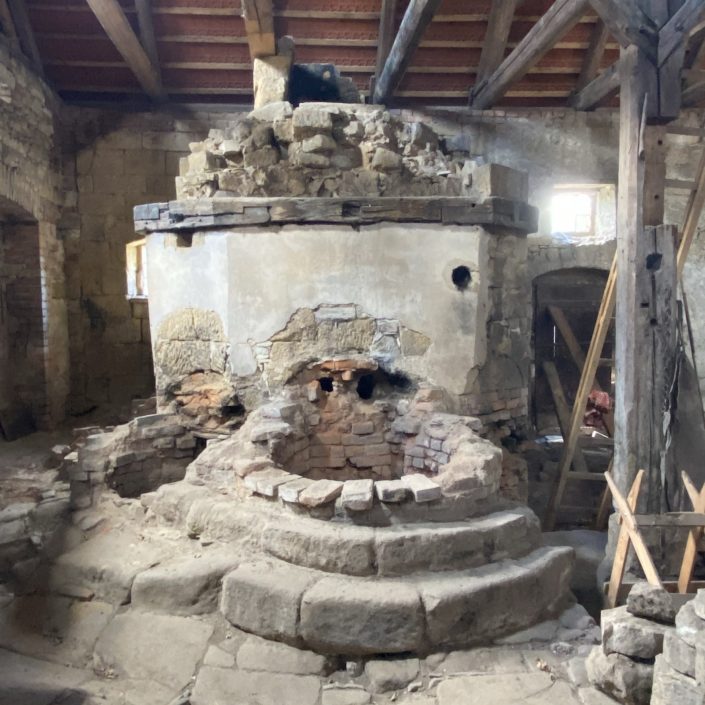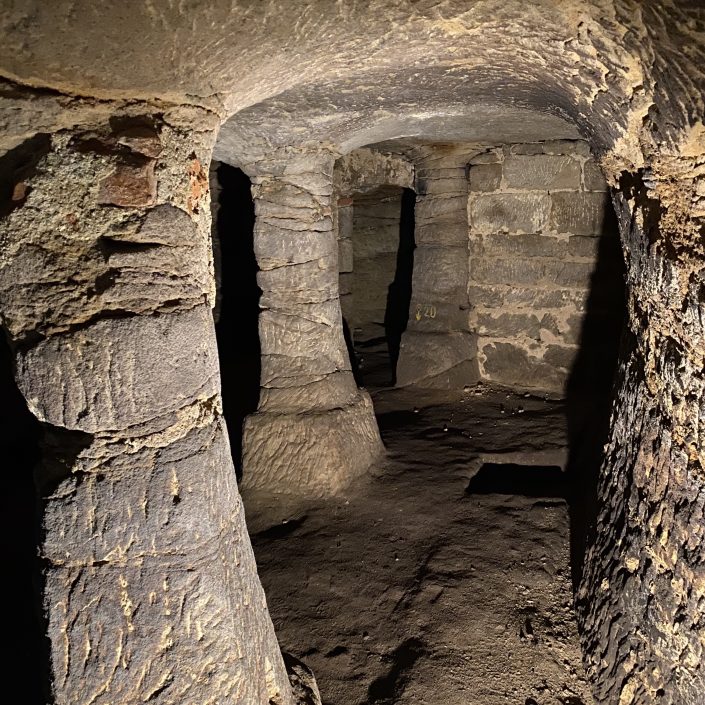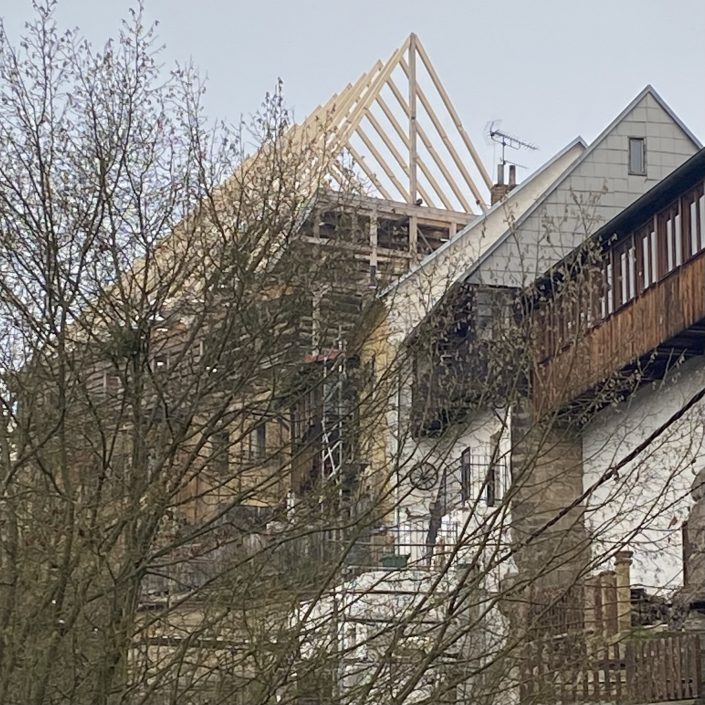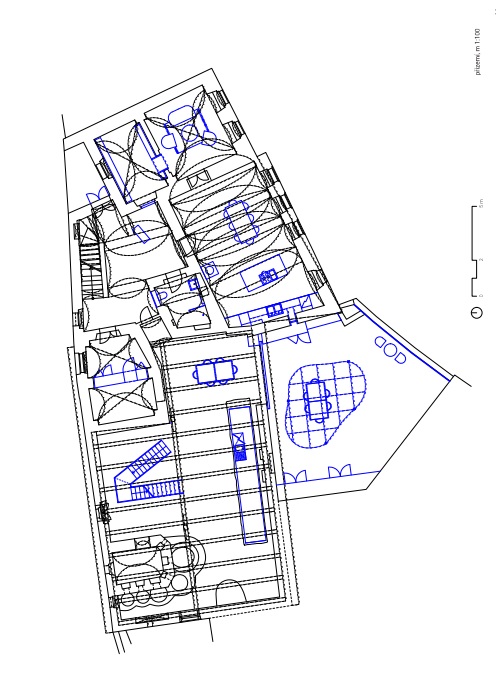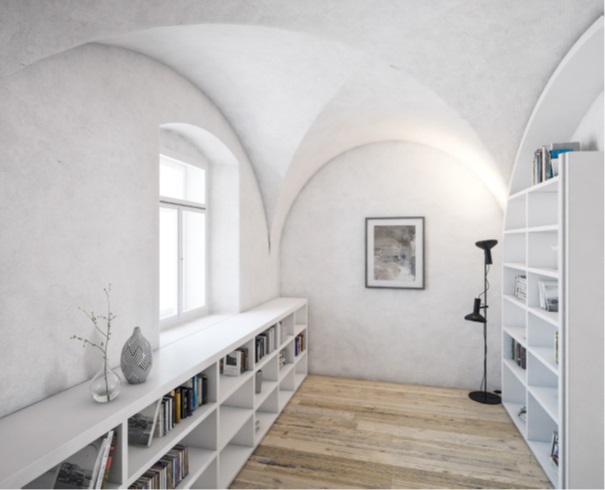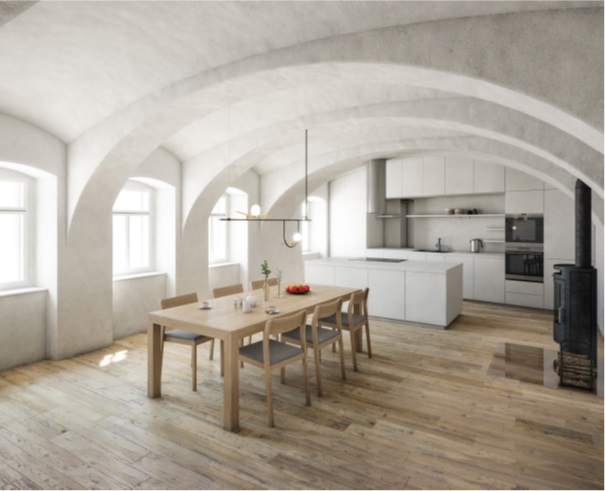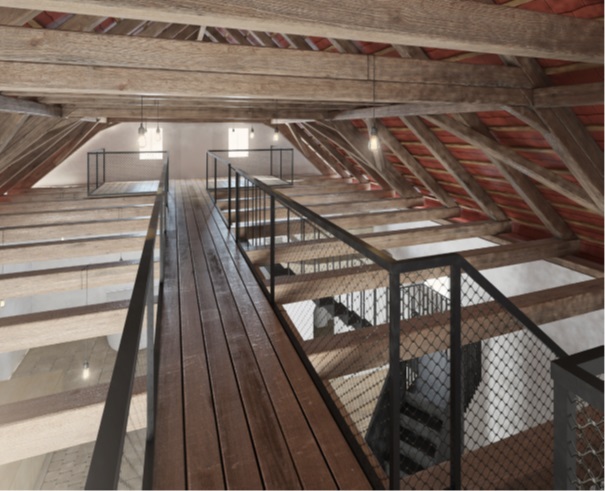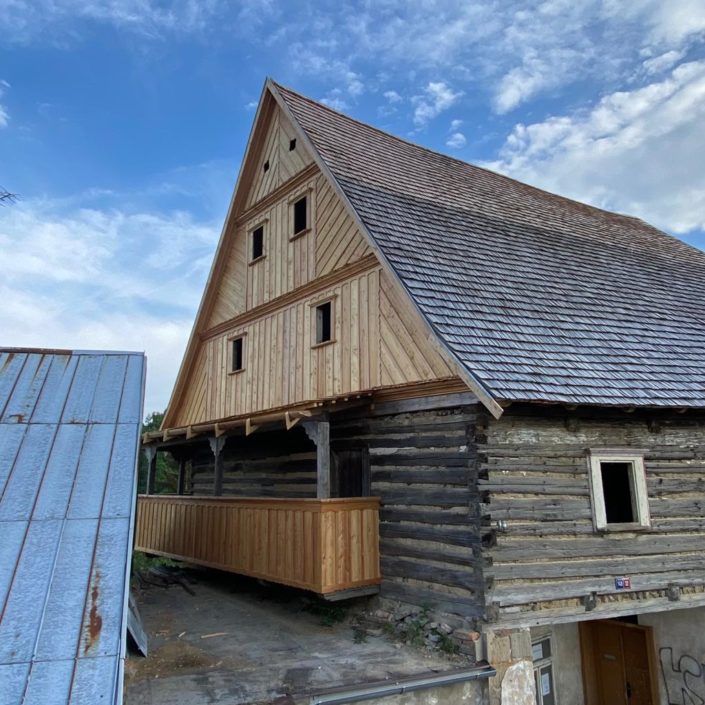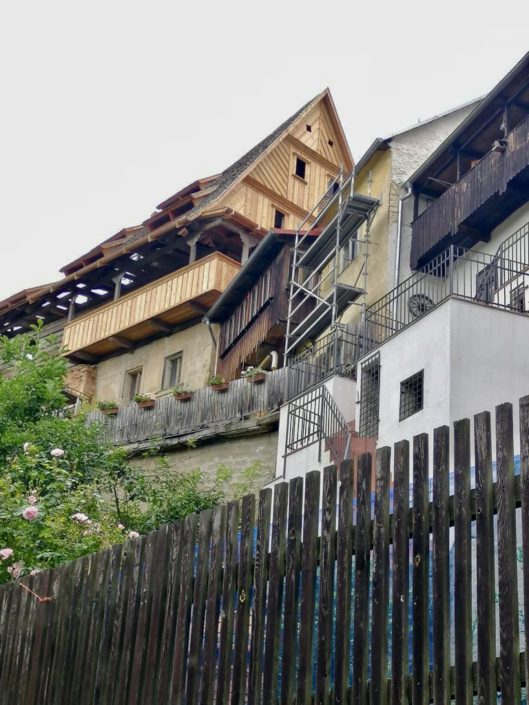The Old Dye-Works in Úštěk
The town of Úštěk is the smallest urban conservation area in the Czech Republic and is situated in the county of Litoměřice, 70 km north of Prague. A number of hidden gems can be found scattered all throughout the town, including a cluster of “birdhouses.” Situated within the same row of birdhouses along the edge of a high cliff is the old dyer’s house and its adjacent dyeing workshop.
The area is renowned mainly for its hops, although the weaving of textiles, cloths, and fabrics as well as the dye trade associated with it played an important role in the town and its vicinity for many centuries. The Leitenbergers, a well-known family of textile entrepreneurs from the nearby township of Levín, were long connected to the dye works in Úštěk.
The Úštěk dye-works was built around the year 1705 and the first documented woad dyer was Joachim Patz. In 1762, the dye-works was purchased from the Patz family by Ignatz Leitenberger, a master dyer from Levín. The woad dyer applied plant and mineral substances into a hot dyebath to dye fabric black, blue, or green. The dyeing furnace from this period, which has the capacity to house six to seven vessels, has been preserved to a degree not found anywhere else in Europe. Following the decline of textile weaving in the 19th century, the workshop switched to indigo dyeing. Cotton and linen fabrics were dyed in a cold indigo solution in a brick, cylindrical vessel, which has also been miraculously preserved.
The workshop remained in the possession of the Leitenberger family until 1945, but as industrial production continued to develop, it was no longer competitive and production ceased. The original, high roof of the drying room was lowered in the first half of the 20th century, which indicates that maintenance of the house became too much of a burden for its inhabitants. A lack of maintenance following the end of World War II in 1945 rendered the house virtually uninhabitable. The ceiling on the first floor collapsed, and the dyeing workshop became, essentially, a junkyard. On the bright side, this meant that a number of the original structural elements and architectural details remained preserved. It is also clear from old photographs of the building what the original shape of the roof once looked like.
Archaeological research at the house is currently on-going and renovation work is already well underway. The objective of this project is to restore the building’s original appearance and to make the preserved dyeing equipment accessible for public viewing and further study. The space in the original dyeing worship can be repurposed to host exhibitions or other events, allowing the former dye-works to once again play a key role in the rich cultural life of Úštěk and enhance the town’s overall attractiveness.
Follow the old dye-works in Úštěk on Instagram: @stara_barvirna_1705

